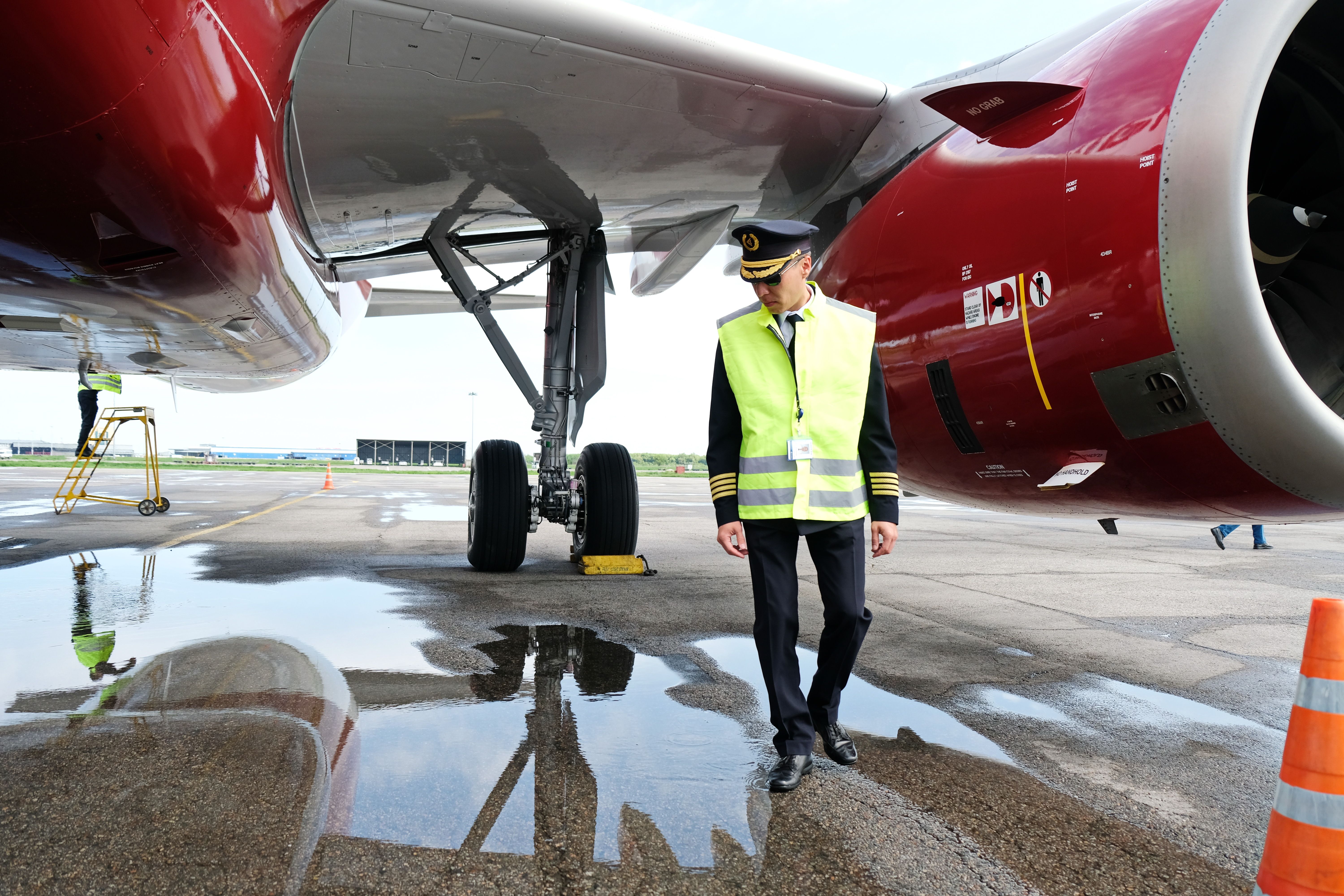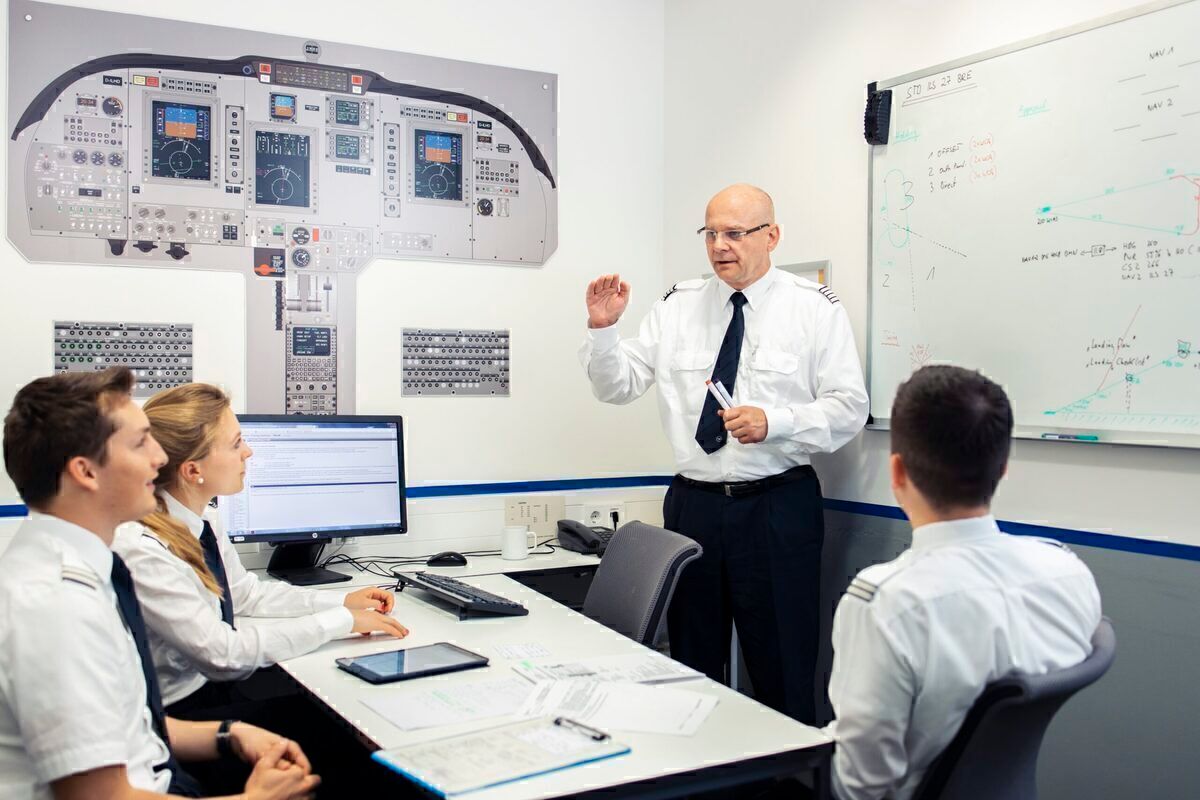Summary
- Type ratings are crucial credentials for pilots to operate aircraft that require additional training.
- Type rating training consists of ground instruction and practical training in flight simulators.
- Type ratings can apply to multiple aircraft variants, allowing pilots with a specific type rating to operate various models within the same aircraft family.
Modern society has designed remarkably safe modalities of transportation. Every industry with large vehicles operated for commercial use has government-managed programs for companies to certify their primary operators. Truck drivers need commercial certificates, boat operators need skipper's licenses, and pilots need type ratings. A pilot's type rating is one of the essential items, and passing a type rating check ride is a high point for any pilot. Let's talk about type ratings.
Type rating background
A type rating is an augmenting credential added to a pilot's license that allows them to operate an aircraft that requires additional training. US regulations require that pilots who fly turbojets and almost every aircraft with a certified takeoff weight above 12,500 pounds hold a type rating for the aircraft. The International Civil Aviation Organization (ICAO) has specified crew licensing requirements since the Convention of International Civil Aviation in 1944. For the last 80 years, it has been ICAO's stipulation to participating countries that type ratings be held for aircraft requiring two or more crew, as well as when the governing authority deems it necessary.
Theoretical training
Whether obtained in the US, Europe, or elsewhere, a type rating is usually completed in two stages: A ground school segment and a practical segment. Type rating ground instruction is meant to introduce pilots to the unique systems of the aircraft, such as hydraulics, electrics, pneumatic, fuel management, etc.
Many planes share similarities, especially when built by the same manufacturer. Still, each aircraft requiring a type rating is unique enough in its operation and limitations to warrant additional study of its systems. Ground school might also include hands-on cockpit procedure training in full-scale flight deck mock-ups to facilitate the crewed environment.
Practical training
Practical training is almost exclusively completed in flight simulators. Known industry-wide as an FFS, a full flight simulator used for type rating qualifications and recurrent training needs approval from the aviation governing body. The idea underlying FFS programs is to provide the highest level of training efficiently.
Simulators are effective because they use "control loading" programs that accurately represent aircraft feel during flight maneuvers. An FFS sits on a six-axis hydraulic actuation system which accurately depicts the sensations of being in flight. This, combined with the full-scale flight deck mock-up, allows training in these devices to mirror the aircraft.
The benefits of simulators
Type ratings require training in normal and abnormal procedures, emergency procedures, and upset recovery training (UPRT). This "extended envelope" training could theoretically be done in real aircraft. Still, regulators and operators alike would bristle at the risks associated with intentionally stalling and inverting airliners for training.
Flight simulators have opened up a world of activity in which every conceivable maneuver can be practiced, paused, debriefed, and replayed without any risk and without burning fuel. Simulators require regular maintenance, but this doesn't even come close to the costs of maintaining an actual plane. The evolution of the FFS has made type rating courses better, safer, and more efficient.
Multiple types
A single type rating can extend to multiple aircraft variants. For example, pilots with an "A-330" type rating can fly the Airbus 330-200, -300, and -900 series. Similar ratings exist for Boeing 737s, the Airbus A320 family, Dreamliners, Embraer 170s and 190s, A350s, and practically every airliner with multiple variants. Additionally, some aircraft built by the same manufacturer are similar enough that only "differences training" needs to be completed to obtain an additional type rating. Examples include the Boeing 757 and 767 and the A330 and A340.
Want answers to more key questions in aviation? Check out the rest of our guides here.
Earning a type rating is one of the highest achievements for an aviator. It represents hundreds (or thousands) of hours of experience and the successful completion of a rigorous course. Type ratings represent the highest pilot proficiency and operational ability level and ensure competency. Much of the public trust in pilots is tacitly placed in type rating training and the annual renewal of it. If you want the complete list of FAA-type ratings, follow this link.




